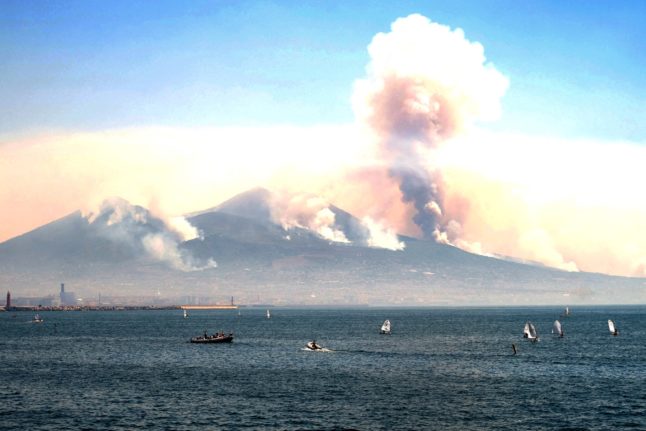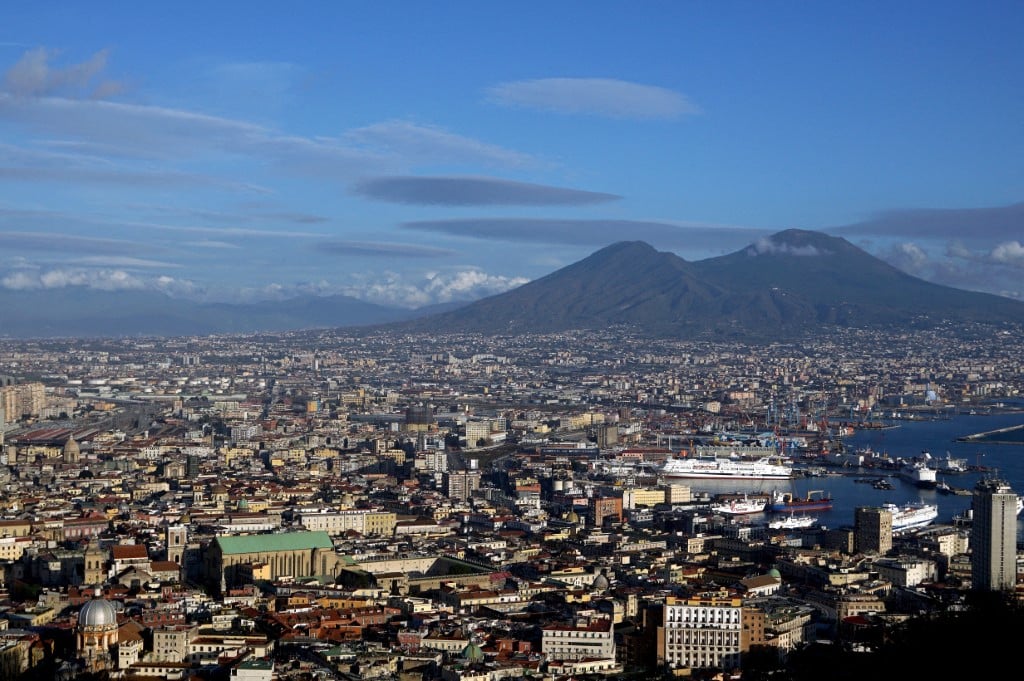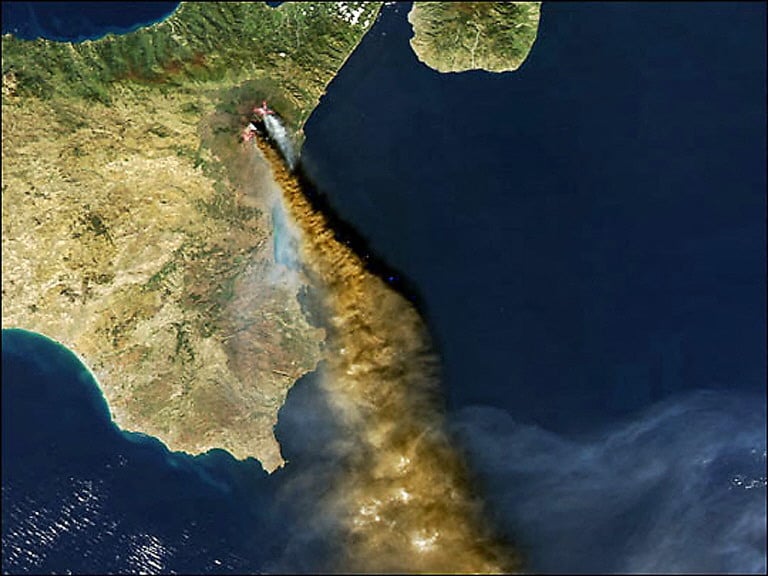The earthquake was felt throughout the entire region of Lombardy at 11.34am on Saturday with its epicentre in the small town of Bonate Sotto, near the city of Bergamo.
[DATI #RIVISTI] #terremoto ML 4.4 ore 11:34 IT del 18-12-2021 a 2 km E Bonate Sotto (BG) Prof=26Km #INGV_29226401 https://t.co/SMyB3vP3yk
— INGVterremoti (@INGVterremoti) December 18, 2021
The shock lasted a few seconds and was followed by a second, less intense quake at 11.57am.
The second quake had a magnitude of 2.2. Its epicentre was in Osio Sotto, around 10 kilometres from that of the first one.
Local media reported that some people took to the streets in panic in nearby Milan, Italy’s second-largest city.
Data scientist Alessandro Saccoia said on Twitter that it could be felt very strongly in Milan, reporting that “the building shook”.
wow felt it in Milan very strong. the building shook #terremoto
— Alessandro Saccoia (@alesaccoia) December 18, 2021
Journalist Marta Ottaviani said she hadn’t felt such a strong quake as Saturday’s in Italy even in nearly nine years in Istanbul.
Non avevo mai sentito una scossa così forte nemmeno in quasi nove anni a #Istanbul. #terremoto #Milano
— Marta Ottaviani (@martaottaviani) December 18, 2021
Media reported that neither of the quakes were thought to have caused any damage or injuries.






 Please whitelist us to continue reading.
Please whitelist us to continue reading.
Odd that we didn’t feel a thing in Bergamo.